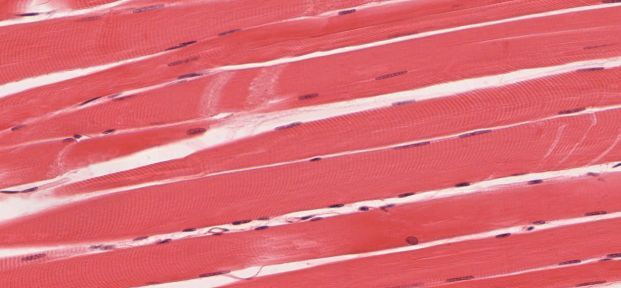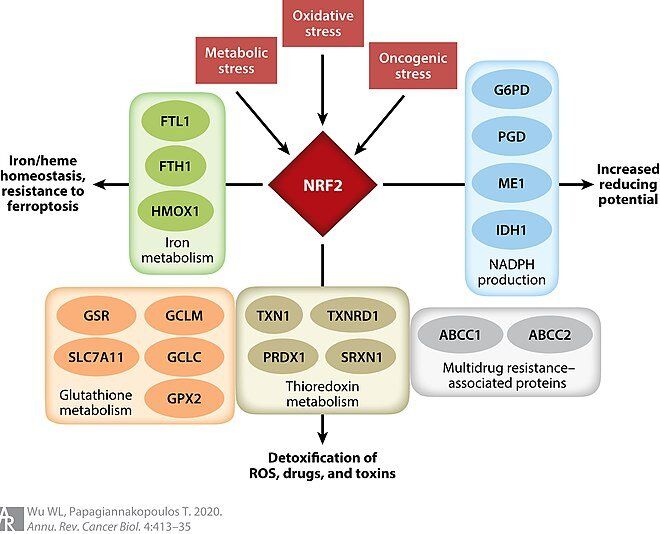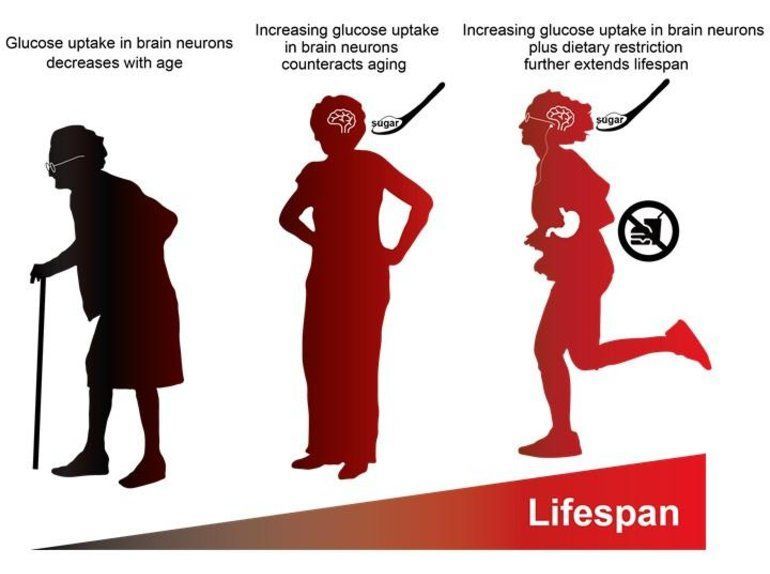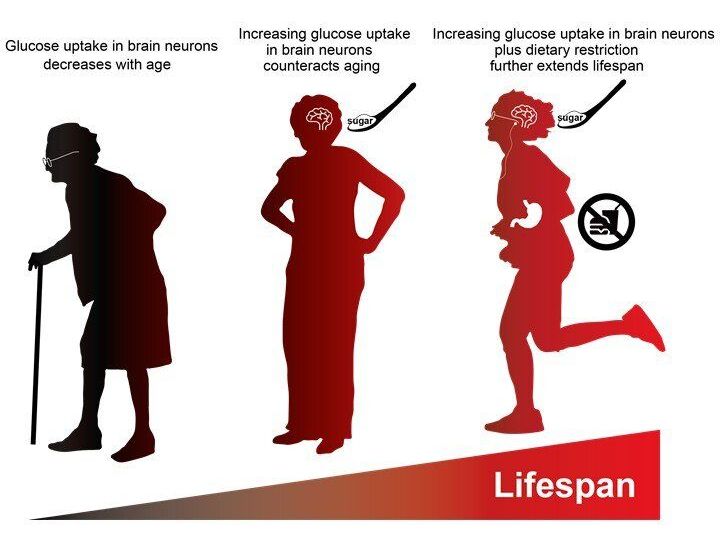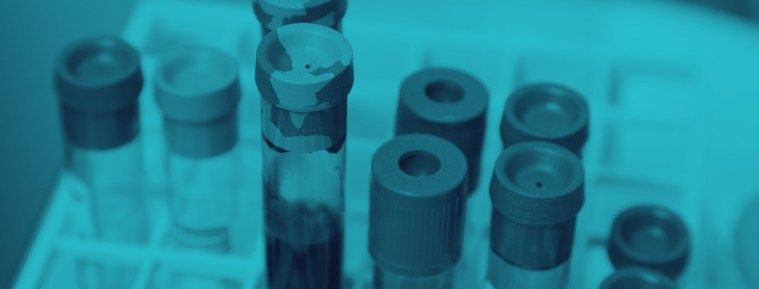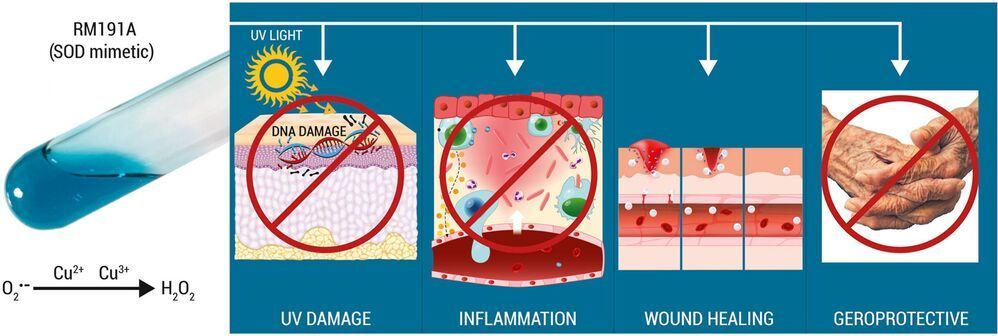A brain aging link ~~~.
Suppose Smokey the Bear were to go on a tear and start setting forest fires instead of putting them out. That roughly describes the behavior of certain cells of our immune system that become increasingly irascible as we grow older. Instead of stamping out embers, they stoke the flames of chronic inflammation.
Biologists have long theorized that reducing this inflammation could slow the aging process and delay the onset of age-associated conditions, such as heart disease, Alzheimer’s disease, cancer and frailty, and perhaps even forestall the gradual loss of mental acuity that happens to nearly everyone.
Yet the question of what, exactly, causes particular cells of the immune system to kick into inflammatory overdrive has lacked a definitive answer.


